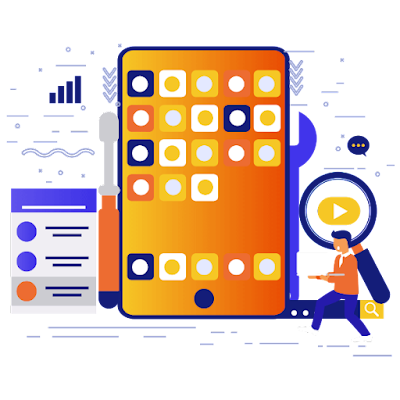How Can Blockchain Technology Benefit the On-Demand Food Delivery Industry
The origin of ready-to-eat food goes back to Roman times in the 1800s with the first food delivered to Queen Margherita and King Umberto in 1889. It marked the beginning of the trend we relish today. Soldiers and workers were also dependent on fresh lunch delivery services. Technological advancements in the 1950s brought televisions to most American homes. Families preferred to stay home, watch their favourite shows and order food, but it was just limited to packaged fast food. Going a step further, Pizza Hut launched Pizzanet, the first website for ordering food online in 1990, followed by Waiter.com in 1995. The convenience of ordering quickly over the Internet and eating at home has made this service popular. In 2011, Domino's Pizza launched mobile ordering through its food delivery app to bring a new level of convenience to its customers. As the popularity of smartphones increases and ordering through mobile apps becomes easier, it has become a favourite among customers. In f...





